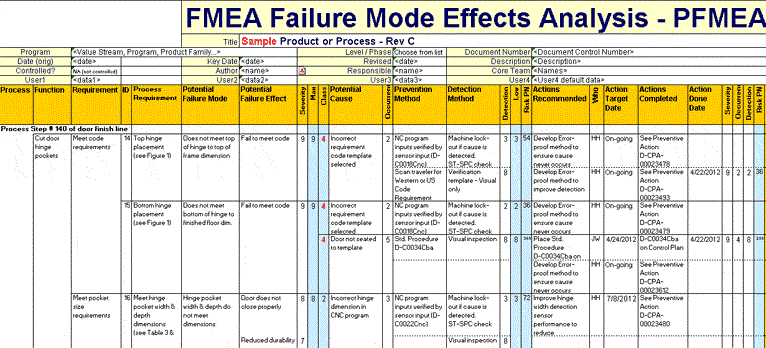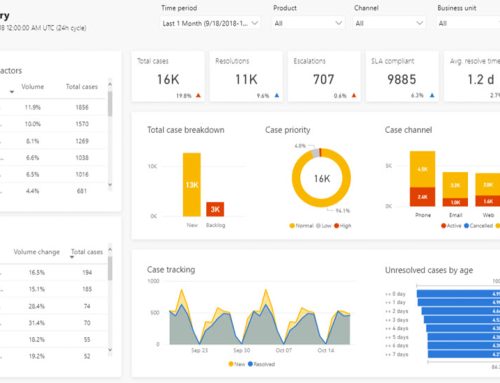Failure Mode and Effects Analysis (FMEA) is an organized methodology to determining possible failures that may occur within the design of a product or procedure. Failure Modes are the means in which a process can be unproductive while Effects are the means that these failures can lead to defects, waste or harmful outcomes for the clients. Failure Mode and Effects Analysis is intended to prioritize, identify and limit these failure modes. Let’s have a look at the type of FMEA’s and how to do FMEA Analysis
There are two wide ranging groups of FMEA’s, Process Failure Mode and Effects Analysis (PFMEA) and Design Failure Mode and Effects Analysis (DFMEA).
The DFMEA
The Design Failure Mode and Effects Analysis will discover the chances of product errors, safety, reduced product life and supervisory concerns gotten from:
- Geometry
- Interfaces with other components and/or systems.
- Material Properties.
- Engineering Noise: environments, user profile, degradation and systems interactions.
- Tolerances
Types of FMEA’s
The three main types of Failure Mode and Effects Analysis used our present day are-
- The System Failure Mode and Effects Analysis, which is used to analyze complete systems or sub-systems during the concept of design stage.
- The Design Failure Mode and Effects Analysis which is used to analyze a product design before it is released to manufacturing.
- The Process Failure Mode and Effects Analysis which is used to analyze manufacturing or assembly process.
The Process Failure Mode and Effects Analysis is the most commonly used and are also not complex but simple in most cases.
How to Do FMEA Analysis
When starting on an FMEA it can sometimes be a bit confusing if it is the first time, but basic steps on how to do FMEA analysis are listed below
- Document the major process steps in the first column. These may start from the top ranked items of your cause and effect (C&E) matrix.
- Give good records of the possible failure mode for every process step. In other words, try to figure out how this process step or input could possibly fail.
- Put in details on the effects of this failure mode. Think of the effect of the failure mode if it occurs and what does this mean to you and your client.
- Rate how severe this effect is with one being not severe at all and ten being very severe. Make sure the team knows and approves to the scale before you begin. Make sure this ranking system is yours and don’t bother trying to copy it out of a book.
- Pinpoint the causes of the failure mode and effect, and rate it as you did the effects in the occurrence column. As the name denotes, this time, we are recording probability of this cause occurring. Therefore, one means it is very unlikely to ever occur and ten means it will happen all the time.
- Detect the controls in place to discover the issue and rank its efficiency in the detection column. This time, a score of one would mean we have great controls and ten would mean we have no controls or very weak controls. You need to note the SOP number, if a SOP is noted here.
- The severity, occurrence, and detection numbers should be multiplied and the value stored in the Risk Priority Number Column. This is the main number that will be utilized in identifying what the team should focus on first.
- Categories by Risk Priority Number and identify most important or crucial issues. The team must then choose what to focus on first.
- Give definite activities with responsible individuals. Also, make sure to add the date for when this activity is estimated to be complete.
- Once such activities have been completed, re-score the detection and occurrence. In most cases we will not change the severity score except if the client chooses that this is not a critical issue.
Conclusion
In conclusion, the only single major failure most people make with Failure Mode and Effects Analyses at times is to spend time totally concluding the document and then going ahead to keep it in a file cabinet somewhere. The Failure Mode and Effects Analysis is a vital dynamic document, meaning it remains as long as the process or product it is connected with does and should be in use for as long as the organization exists. By using FMEA Analysis it can save huge cost by preventing an issue, for example a change to a drawing or process is far less than a recall of a product.






